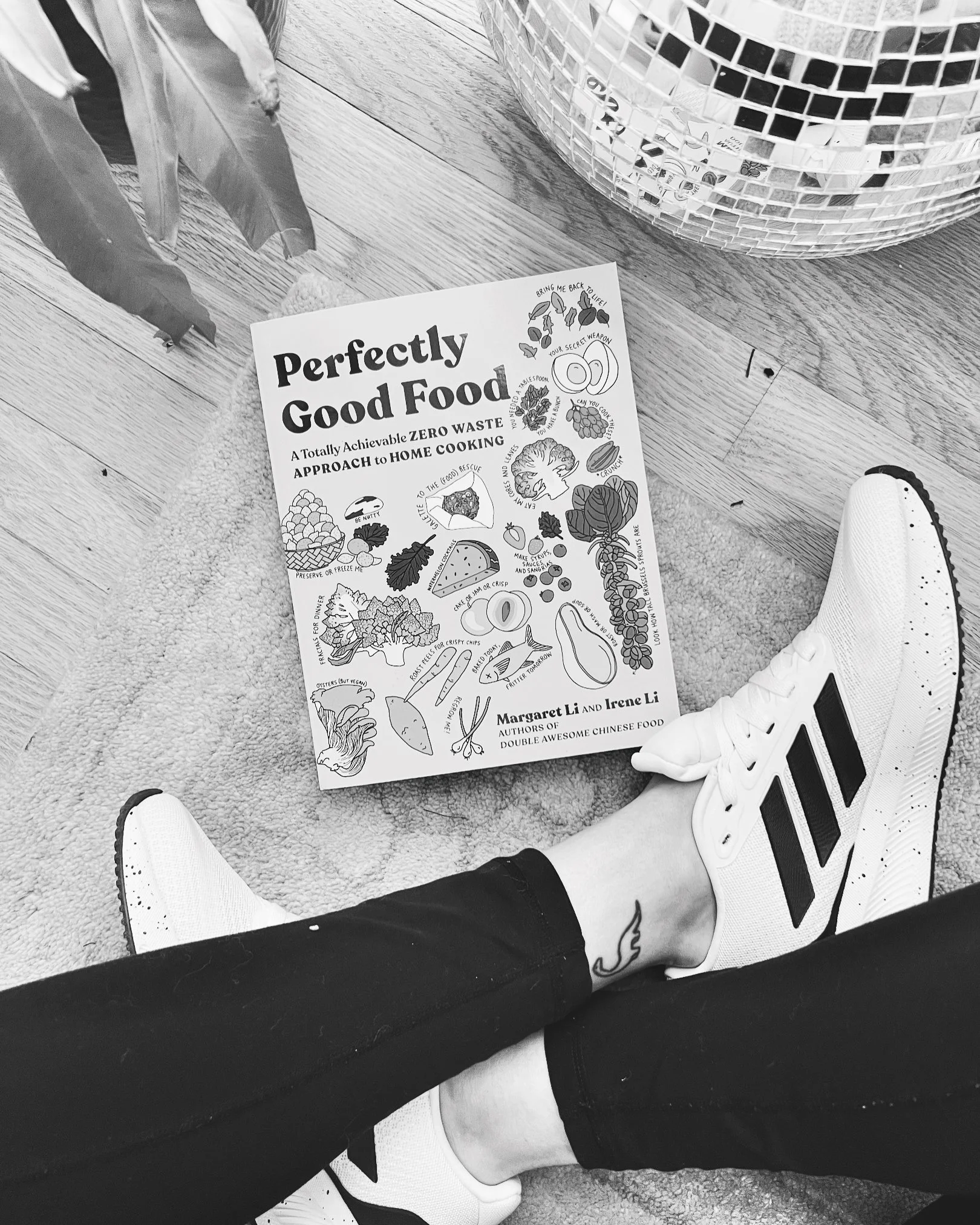New Year’s Resolution
Every year, I challenge myself to find at least one meaningful way to be more resourceful and less wasteful in my daily life. While many people focus on health goals for the new year, I choose not to, as improving my health is something I prioritize year-round—why wait until January to make progress?
So, this year, here is my personal goal…
Minimize Food Waste at Home.
As we kick off the new year, I’m embracing resolutions that positively impact both my life and the environment. One of the goals I’m most excited about is reducing food waste. Did you know that nearly one-third of all food produced globally ends up being wasted? It’s a huge issue that affects our planet, our wallets, and our communities BUT the great news is that we all have the ability to make a difference with small changes!
Here’s a deeper look at the 5 steps I’m committing to this year to minimize food waste, and how you can join in the fun:
1. Plan Ahead: Shop with a List
Overbuying often leads to wasted food. Before heading to the grocery store, take 10 minutes to plan your meals for the week. Check your pantry, fridge, and freezer to see what you already have and create a shopping list based on what you need to fill in the gaps.
Pro Tip: Stick to your list! It’s tempting to grab extras, but planning ahead helps prevent food from spoiling before you can use it. This is where Instacart comes in handy:)
2. Get Creative: Transform Leftovers into New Meals
Leftovers don’t have to mean boring reheated meals! Think of them as ingredients for something new.
Example: That leftover roasted vegetables from dinner? Transform them into a hearty veggie wrap, a roasted veggie soup, or a flavorful grain bowl. Got extra rice? Turn it into veggie-packed fried rice or even mix it with beans and spices for stuffed bell peppers.
Pro Tip: Label leftovers in your fridge so you can prioritize using them before they go bad.
3. Reduce Costs: Grocery Shop Your Cupboards
Before heading to the store, take inventory of your pantry, fridge, and freezer. Challenge yourself to create meals from items you already have. Not only will this reduce waste, but it’ll also save you money!
Example: Got a can of beans, a half-used bag of rice, and some veggies? Boom! Instant stir-fry or burrito bowl.
Pro Tip: Apps like SuperCook let you input ingredients you have on hand and suggest recipes.
4. Check Dates: “Best By” Isn’t Always “Bad By”
So many foods are tossed because people misunderstand expiration dates. "Best by" or "Sell by" doesn’t always mean the food is spoiled, it’s often about quality, not safety. Use your senses (smell, sight, and taste) to decide if something is still good.
Pro Tip: Store leafy greens in airtight containers, root veggies in the crisper, and refrigerate apples and oranges. Keep bananas, avocados, and tomatoes at room temp until ripe, then refrigerate.
5. Compost: Turn Scraps Into Soil
Not all food waste can be avoided, but you can keep it out of the landfill by composting. Scraps like fruit peels, coffee grounds, eggshells, and even cardboard can break down into nutrient-rich soil. Composting reduces methane emissions and helps gardens thrive!
How to Start: Even if you don’t have a yard, small countertop compost bins or local compost drop-off programs make it easy.
Pro Tip: Start small by collecting fruit and veggie scraps and coffee grounds in a countertop bin.
Why It Matters
Minimizing food waste isn’t just good for the planet, it’s a win for your wallet and your community too! Every time we toss food, we’re also throwing away the resources like water and energy that went into producing it. By making small changes, we not only save money but also cut down on landfill pollution and do our part for a healthier planet.
Remember, small steps truly add up to BIG differences! Together, we can embrace a more sustainable, mindful way of living one leftover, meal plan, and compost bin at a time.
Ready to join me?


